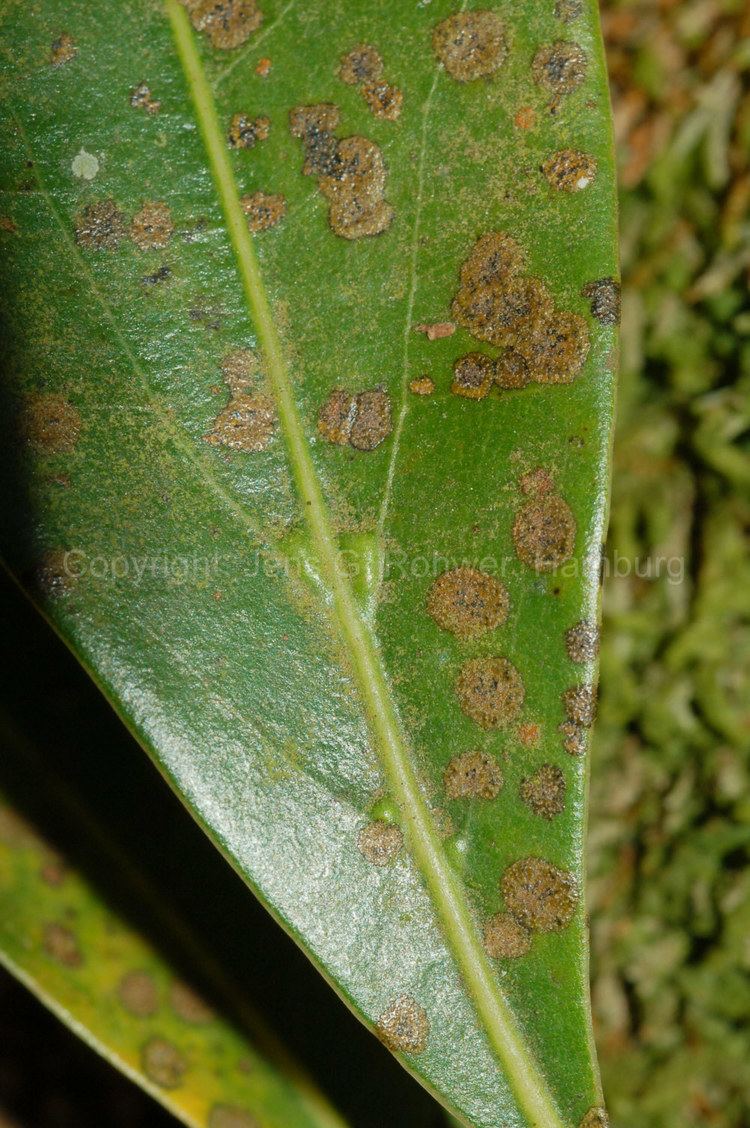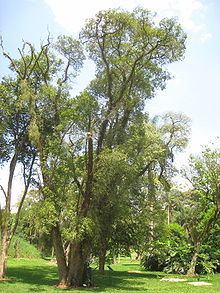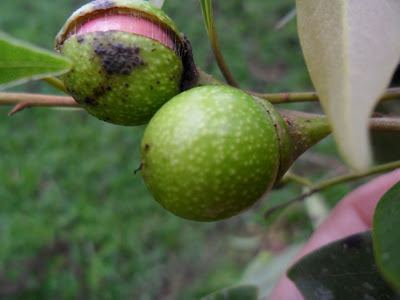Rank Species | Genus Ocotea Higher classification Ocotea | |
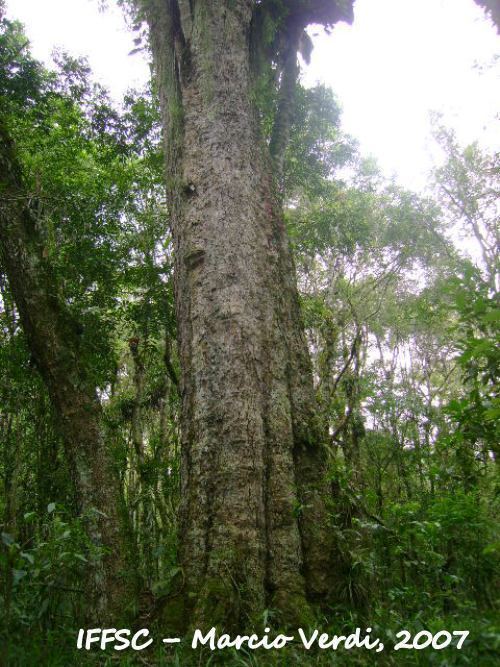 | ||
Similar Stinkingtoe, Ocotea, Trumpet trees, Paraná pine, Purpleheart | ||
Ocotea porosa is a species of plant in the Lauraceae family, often placed in the related genus Phoebe. It is commonly called Imbuia or Brazilian walnut because its wood resembles that of some walnuts (to which it is not related). The tree is a major commercial timber species in Brazil, used for high-end furniture, mostly as decorative veneers, and as flooring. The wood is fragrant with hints of nutmeg and cinnamon (also a member of the Lauraceae). The tree is also a popular horticultural tree in subtropical regions of the world. In its native habitat it is a threatened species.
Contents
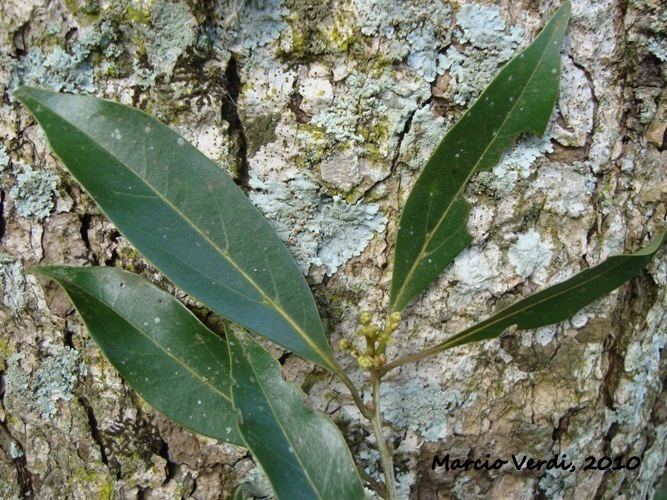
Portuguese common names (with variant spellings) include embuia, embúia, embuya, imbuia, imbúia, imbuya, canela-imbuia.
Habitat

The tree grows naturally in the subtropical montane Araucaria angustifolia rain forests of southern Brazil, mostly in the states of Paraná and Santa Catarina, and in smaller numbers in São Paulo and Rio Grande do Sul. The species may also occur in adjacent Argentina and/or Paraguay.
Description
The trees typically reach 40 meters in height and 1.8 meters in trunk diameter.

